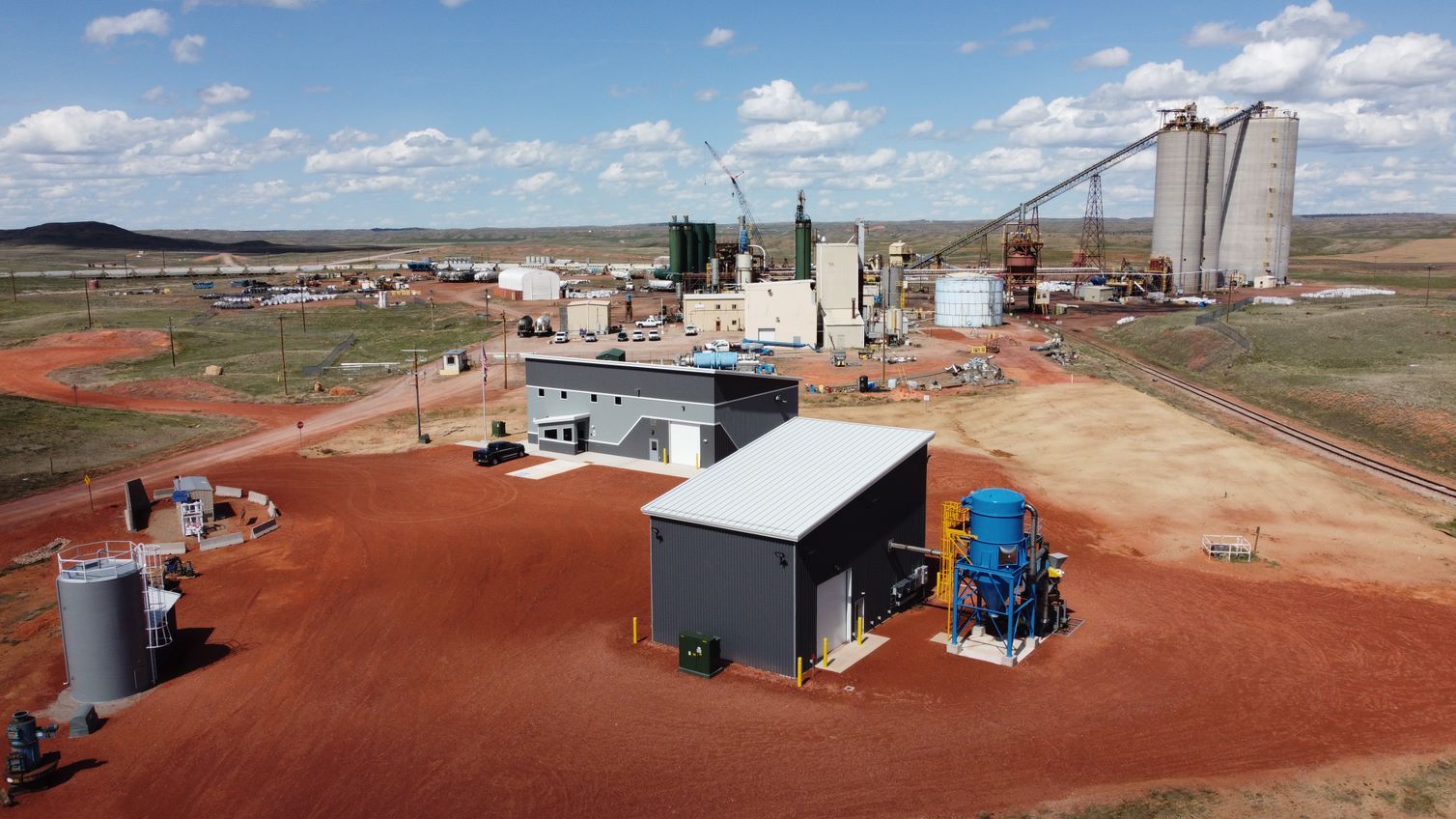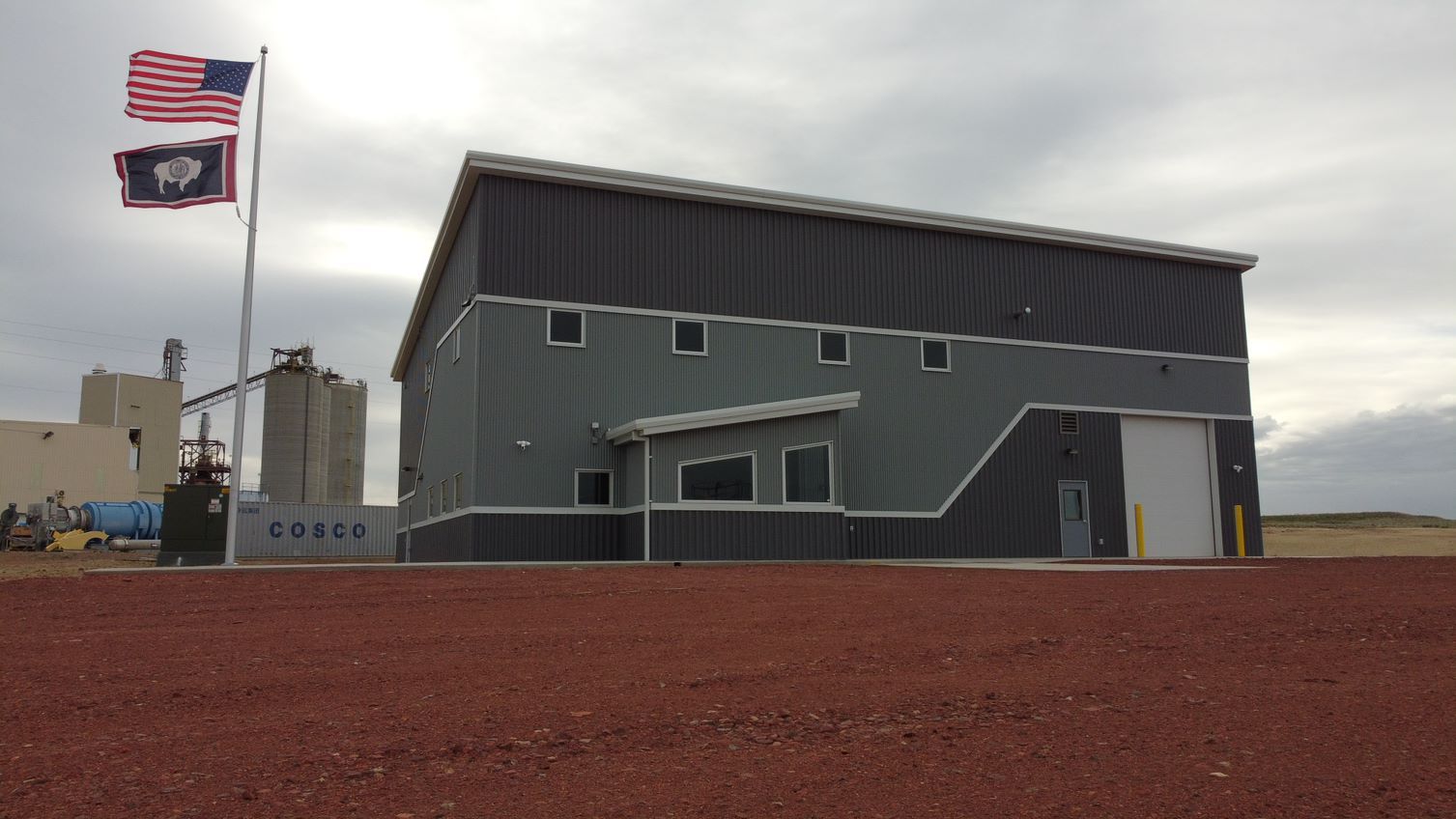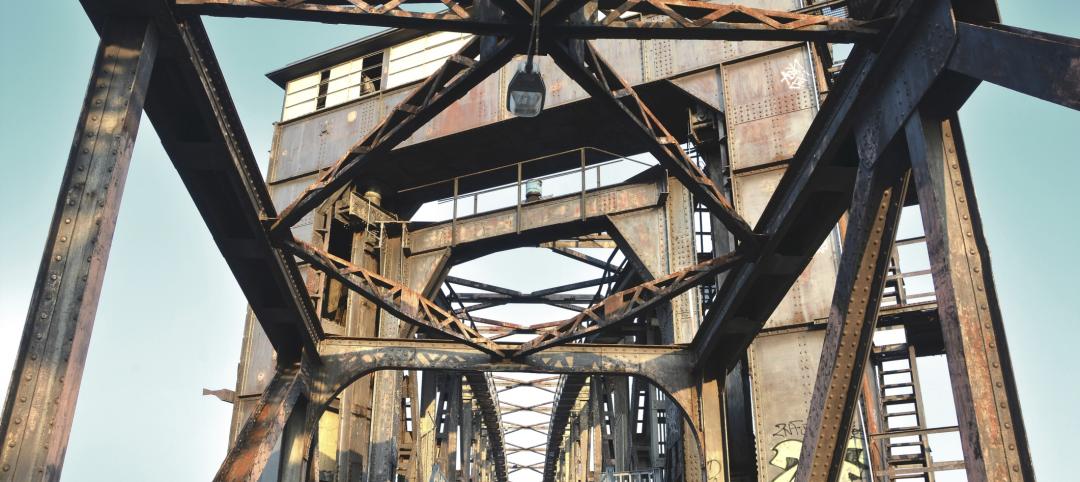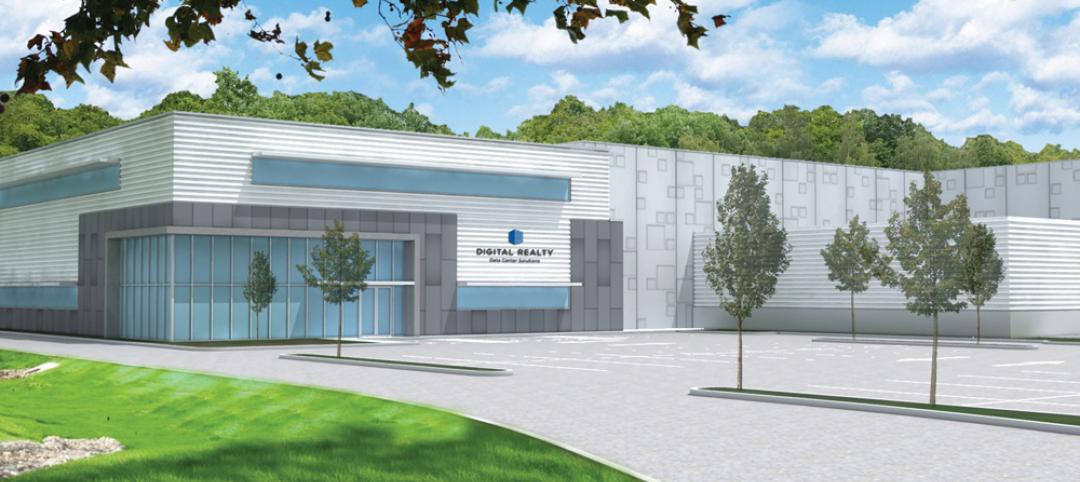The future of coal as a major energy resource is fraught with uncertainty, given coal burning’s detrimental impact on the environment. Coal accounted for more than two-fifths in the overall growth of CO2 emissions last year, reaching an all-time high of 15.3 billion tons, according to the International Energy Agency, to say nothing of the sulfur dioxide and nitrogen oxides each ton of coal burned produces. As of mid 2020, renewables surpassed coal as the second most-used electricity source in the U.S., behind natural gas, according to the U.S. Energy Information Administration (EIA).
“The phasing out of coal will … be fundamental to meet net-zero goals by 2050 globally. As highlighted by the IEA, all unabated coal needs to be phased out by 2040 to be on track to achieving net zero by 2050,” states the World Economic Forum.
EIA estimated last October that there’s more than 250 billion short tons of recoverable coal in the U.S. (A short ton is equivalent to around 2,000 lbs.) How much of this asset gets spent ultimately could depend on finding ways to use coal that are less toxic to the environment and populations, as well as politically and socially acceptable.
About 165 billion tons of that recoverable coal are in a region in Wyoming’s Campbell County called Carbon Valley, which is where the Wyoming Innovation Center held its grand opening earlier this month. The 9.5 acres that the 5,500-sf innovation center sits on in the town of Gillette were once an active coal mine that was converted into an industrial park. The Innovation Center’s mission is to provide a home to companies and researchers developing products using coal and coal byproducts.
NONCOMBUSTIBLE ALTERNATIVES
“The primary focus will be creating noncombustible uses for coal, first on a benchtop scale and then commercially,” explained Ben Reeves, Project Manager and Architect for Arete Design Group in Sheridan, Wyo., the architect on the Innovation Center. BD+C interviewed Reeves with Micky Shober, Project Superintendent with Powder River Construction, the Innovation Center’s general contractor.
The Innovation Center will also home in on extracting pivotal rare earth elements found in fly ash of coal burned at local power plants.
Reeves spoke specifically about Carbon Capture Utilization and Sequestration (CCUS) as one possible area of research. Shober suggested that oxygenation to burn coal more cleanly, and producing tar-like oil from coal for asphalt paving, could be other research avenues.
PART OF A BIGGER R&D PICTURE

The Innovation Center is a relatively simple structure: a metal building on a concrete foundation. The design is basic, too, because “we don’t know yet what the innovators will use the space for; there’s no template,” said Reeves. (The building’s first tenant is the National Energy Technology Laboratory. And news reports have stated that the University of Wyoming is interested in renting space for at least three projects.)
The Innovation Center is among several projects that are exploring new options to address the lifecycle of carbon, including the University of Wyoming School of Energy Resources’ CarbonSAFE project, the Wyoming Integrated Test Center, which opened in 2018 and has been testing CCUS technologies using 20 MW of actual coal derived from flue gas.
“The Innovation Center is further solidifying the Carbon Valley as an R&D hub,” said Phil Christopherson, CEO of Energy Capital Economic Development (ECED), the Innovation Center’s owner, who has been working on this project since 2015. “It will connect our workforce, provide a cleaner environment and ultimately strengthen our economy and community.”
The Innovation Center itself consists of several components: there’s a 4,000-sf building for offices and labs. Another 1,500-sf building is for materials handling and processing. Outside there are seven large open-air pads with power and water available. The site also has a small water pump house.
Reeves pointed out that another advantage of this site is the six-inch high-pressure gas line that runs through the property.
TARGETING A BROAD TENANT BASE

Reeves singled out Jim Ford, an energy and industry advisor for Campbell County, as being instrumental in helping the design and building team make decisions about the project. Reeves and Shober also praised ECED for, in Reeves’ words, “drumming up” interest in the project, both locally, statewide, and beyond. The project received a $1.5 million grant from the Wyoming Business Council, a $1.46 million grant from the U.S. Economic Development Administration, and other funding from Campbell County and the city of Gillette.
Reeves and Shober expected the Innovation Center to draw entrepreneurs and researchers from outside the state.
Related Stories
| Jul 7, 2014
7 emerging design trends in brick buildings
From wild architectural shapes to unique color blends and pattern arrangements, these projects demonstrate the design possibilities of brick.
| Jul 2, 2014
Emerging trends in commercial flooring
Rectangular tiles, digital graphic applications, the resurgence of terrazzo, and product transparency headline today’s commercial flooring trends.
| Jun 30, 2014
Report recommends making infrastructure upgrades a cabinet-level priority
The ASCE estimates that $3.6 trillion must be invested by 2020 to make critically needed upgrades and expansions of national infrastructure—and avoid trillions of dollars in lost business sales, exports, disposable income, and GDP.
Sponsored | | Jun 27, 2014
SAFTI FIRST Now Offers GPX Framing with Sunshade Connectors
For the Doolittle Maintenance Facility, SAFTI FIRST provided 60 minute, fire resistive wall openings in the exterior using SuperLite II-XL 60 insulated with low-e glazing in GPX Framing with a clear anodized finish.
| Jun 18, 2014
Arup uses 3D printing to fabricate one-of-a-kind structural steel components
The firm's research shows that 3D printing has the potential to reduce costs, cut waste, and slash the carbon footprint of the construction sector.
| Jun 16, 2014
6 U.S. cities at the forefront of innovation districts
A new Brookings Institution study records the emergence of “competitive places that are also cool spaces.”
| Jun 12, 2014
Austrian university develops 'inflatable' concrete dome method
Constructing a concrete dome is a costly process, but this may change soon. A team from the Vienna University of Technology has developed a method that allows concrete domes to form with the use of air and steel cables instead of expensive, timber supporting structures.
| May 29, 2014
7 cost-effective ways to make U.S. infrastructure more resilient
Moving critical elements to higher ground and designing for longer lifespans are just some of the ways cities and governments can make infrastructure more resilient to natural disasters and climate change, writes Richard Cavallaro, President of Skanska USA Civil.
| May 26, 2014
New Jersey data centers will manage loads with pods
The two data center facilities totaling almost 430,000 sf for owner Digital Realty Trust will use the company's TK-Flex planning module, allowing for 24 pods.
| May 22, 2014
BIM-driven prototype turns data centers into a kit of parts
Data center design specialist SPARCH creates a modular scheme for solutions provider Digital Realty.
















